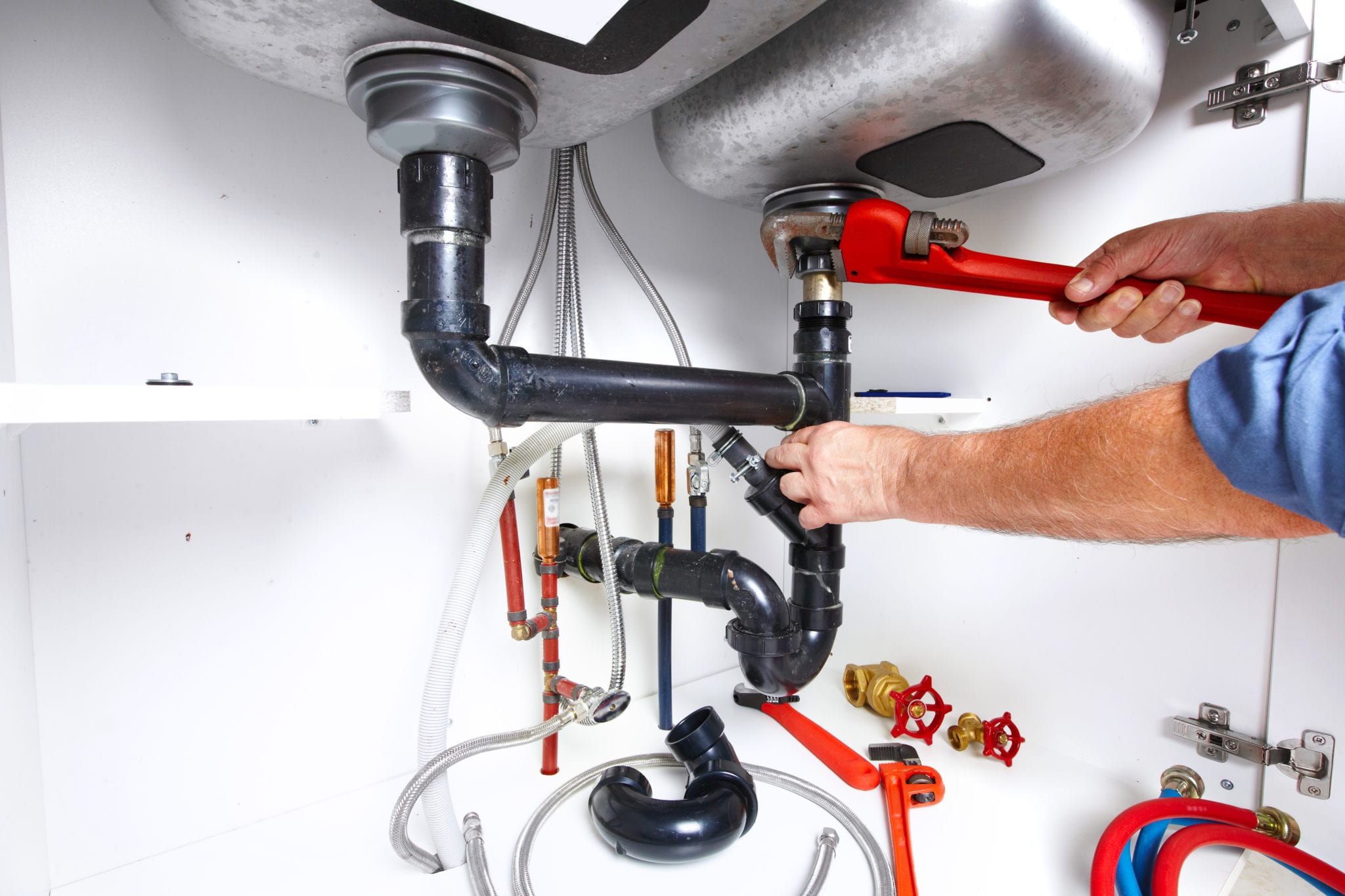Uncover Smart Ways to Detect Concealed Leaking Water Lines
Uncover Smart Ways to Detect Concealed Leaking Water Lines
Blog Article
Just about everyone may have their own individual piece of advice about Leaking water lines.

Early discovery of leaking water lines can alleviate a prospective catastrophe. Some little water leakages may not be visible.
1. Examine the Water Meter
Every home has a water meter. Inspecting it is a proven manner in which aids you uncover leaks. For starters, turn off all the water resources. Make certain no one will flush, utilize the faucet, shower, run the cleaning machine or dishwashing machine. From there, most likely to the meter and watch if it will certainly change. Because no person is using it, there should be no movements. If it relocates, that shows a fast-moving leak. If you identify no adjustments, wait a hr or 2 as well as check back once more. This suggests you may have a slow leakage that can even be underground.
2. Examine Water Consumption
If you spot sudden adjustments, regardless of your usage being the same, it suggests that you have leakages in your plumbing system. An unexpected spike in your costs suggests a fast-moving leakage.
A steady increase every month, even with the same behaviors, shows you have a slow leakage that's additionally slowly escalating. Call a plumber to extensively inspect your residential property, particularly if you feel a warm area on your floor with piping below.
3. Do a Food Coloring Test
When it comes to water consumption, 30% comes from bathrooms. If the color somehow infiltrates your dish during that time without flushing, there's a leakage between the container and dish.
4. Asses Exterior Lines
Don't neglect to check your outdoor water lines also. Needs to water permeate out of the connection, you have a loose rubber gasket. One small leakage can throw away tons of water and increase your water expense.
5. Inspect as well as Analyze the Scenario
Homeowners must make it a habit to inspect under the sink counters and even inside closets for any bad odor or mold and mildew growth. These 2 warnings show a leak so timely interest is needed. Doing regular inspections, even bi-annually, can save you from a major issue.
If you recognize your residence is currently old, keep a watchful eye on your heating systems, tubes, pipelines etc. Look for stainings as well as compromising as most home appliances as well as pipes have a life span. They will likewise naturally degrade as a result of tear as well as wear. If you believe dripping water lines in your plumbing system, do not wait on it to escalate. Call a professional plumber immediately so you do not wind up with an awful mess in your house.
Early detection of leaking water lines can reduce a potential disaster. Some tiny water leaks might not be noticeable. Inspecting it is a guaranteed way that aids you uncover leaks. One tiny leakage can throw away heaps of water as well as spike your water costs.
If you presume leaking water lines in your plumbing system, do not wait for it to intensify.
WARNING SIGNS OF WATER LEAKAGE BEHIND THE WALL
PERSISTENT MUSTY ODORS
As water slowly drips from a leaky pipe inside the wall, flooring and sheetrock stay damp and develop an odor similar to wet cardboard. It generates a musty smell that can help you find hidden leaks.
MOLD IN UNUSUAL AREAS
Mold usually grows in wet areas like kitchens, baths and laundry rooms. If you spot the stuff on walls or baseboards in other rooms of the house, it’s a good indicator of undetected water leaks.
STAINS THAT GROW
When mold thrives around a leaky pipe, it sometimes takes hold on the inside surface of the affected wall. A growing stain on otherwise clean sheetrock is often your sign of a hidden plumbing problem.
PEELING OR BUBBLING WALLPAPER / PAINT
This clue is easy to miss in rooms that don’t get much use. When you see wallpaper separating along seams or paint bubbling or flaking off the wall, blame sheetrock that stays wet because of an undetected leak.
BUCKLED CEILINGS AND STAINED FLOORS
If ceilings or floors in bathrooms, kitchens or laundry areas develop structural problems, don’t rule out constant damp inside the walls. Wet sheetrock can affect adjacent framing, flooring and ceilings.
https://www.servicemasterbyzaba.com/blog/how-to-detect-water-leakage-in-walls/

I hope you enjoyed our post about Leaking water lines. Thanks a ton for finding the time to read through our article. Loved our content? Please share it. Let another person find it. Thanks for taking the time to read it.
Get industry-leading emergency plumbing. Report this page